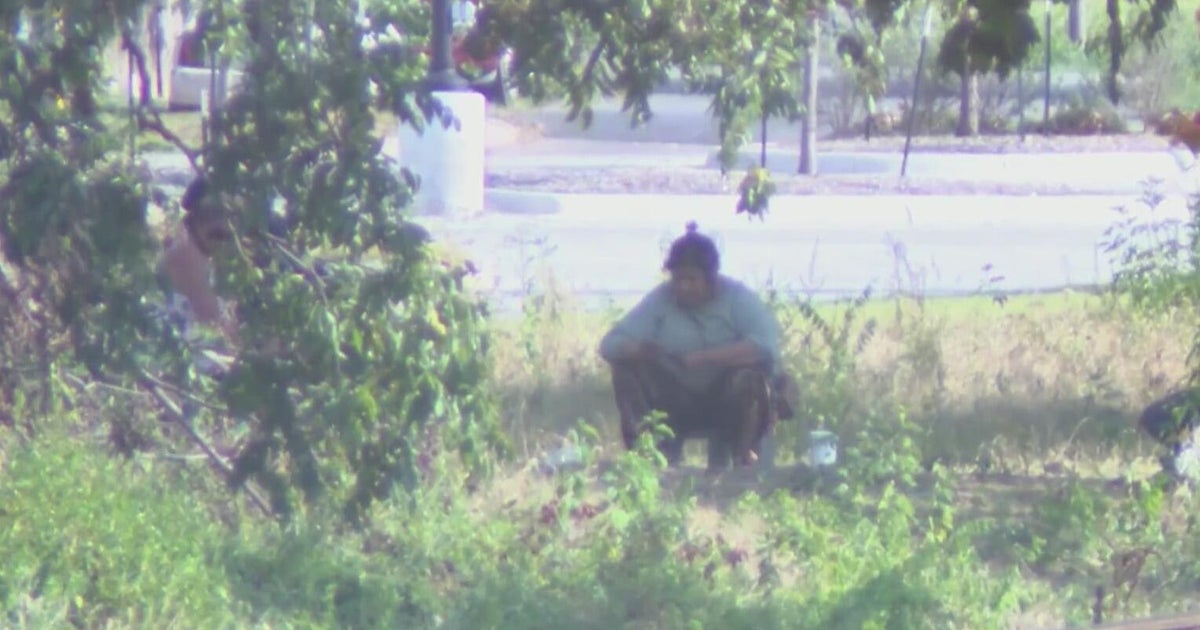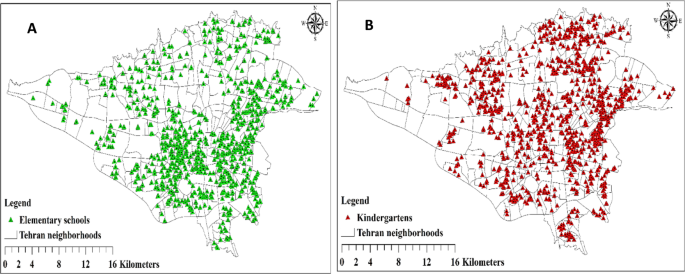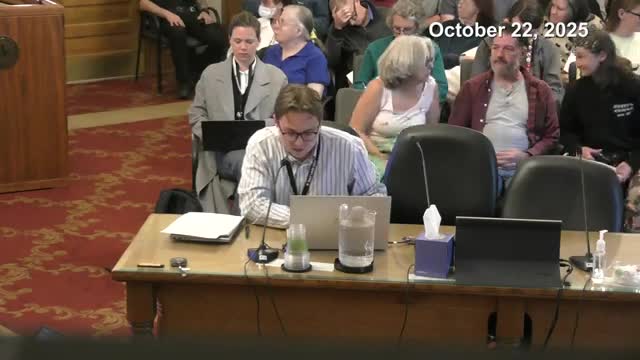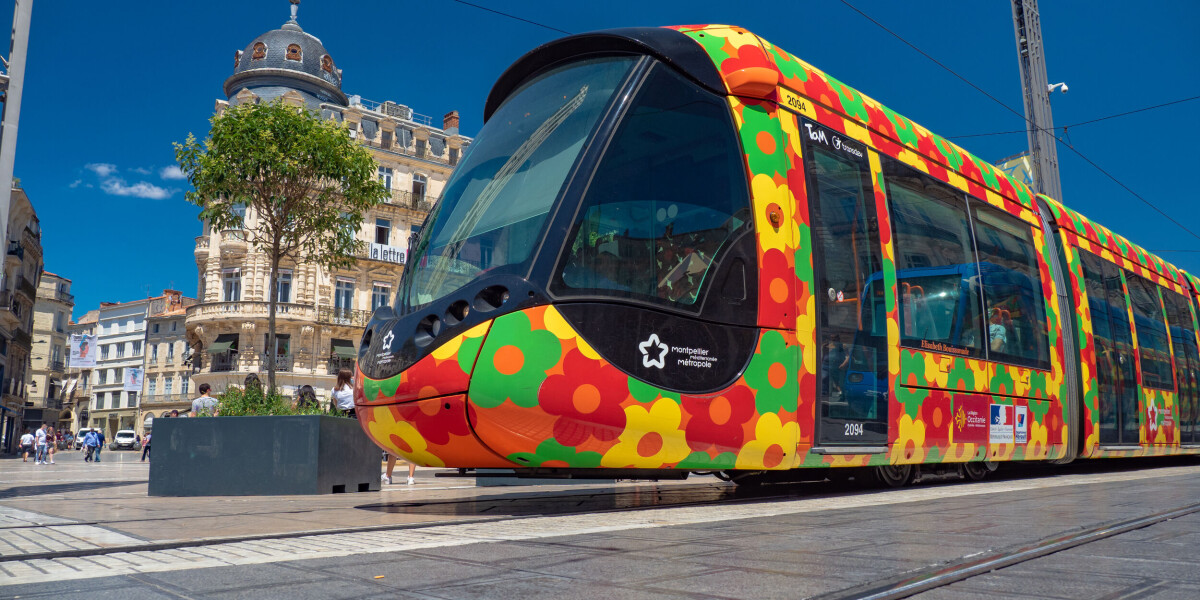Municipal Response to Urban Homelessness and Alignment with Sustainable Development Goals
Introduction
The City of McKinney has enacted two new ordinances aimed at managing the presence of homeless individuals in public spaces. This municipal action has initiated a significant debate regarding its impact on vulnerable populations and its alignment with key United Nations Sustainable Development Goals (SDGs), particularly those concerning poverty, inequality, and sustainable urban development.
Ordinance Details and Stated Objectives
Key Provisions
The McKinney City Council has approved measures that will be in effect for a one-year period, subject to extension. The provisions include:
- A city-wide prohibition on camping in all public areas and parks, with exceptions only for city-designated campsites.
- A restriction on sitting, lying, or staying in downtown public areas, such as sidewalks and medians, with exceptions for medical emergencies and disabilities.
Rationale and Connection to SDG 11
Proponents of the ordinances argue they are necessary to achieve targets within SDG 11: Sustainable Cities and Communities. The stated goals are to reduce crime and ensure safe, accessible public spaces for all citizens. Local business owners have cited concerns that the visible presence of homelessness, sometimes associated with illicit activities, negatively impacts commerce and public safety, thereby hindering the creation of an inclusive and safe urban environment.
Critical Analysis and Divergence from SDG Principles
Conflict with SDG 1 (No Poverty) and SDG 10 (Reduced Inequalities)
Critics, including local service organizations like The Samaritan Inn, contend that the ordinances directly conflict with the foundational principles of SDG 1: No Poverty and SDG 10: Reduced Inequalities. The argument is that these measures do not address the root causes of homelessness but instead criminalize the state of poverty. By imposing penalties on individuals without shelter, the city may be exacerbating the cycle of poverty and further marginalizing an already vulnerable demographic, thereby increasing inequality.
Advocacy for Housing-First Solutions under SDG 11
Opponents of the ordinances advocate for a strategy more closely aligned with Target 11.1 of SDG 11, which calls for ensuring access for all to adequate, safe, and affordable housing. Organizations on the front lines of the issue assert that the only sustainable solution is to address the systemic lack of affordable housing in Collin County. They argue that focusing on policing and displacement rather than housing and support systems represents a failure to build a truly inclusive and sustainable community.
Broader Context and Institutional Responsibility
State-Level Parallels and SDG 16
The actions in McKinney mirror a broader state-level strategy, as evidenced by Governor Greg Abbott’s directive for state agencies to clear homeless encampments in Austin. These institutional responses raise questions related to SDG 16: Peace, Justice and Strong Institutions. The debate centers on whether such institutions are creating just, effective, and inclusive policies or are instead resorting to punitive measures that fail to protect the rights of all individuals.
Conclusion
The new ordinances in McKinney represent a critical juncture in the city’s approach to homelessness. While framed as a measure to enhance public safety in line with aspects of SDG 11, the policy faces substantial criticism for undermining the core objectives of SDG 1 and SDG 10. The long-term efficacy of this approach will be determined by its ability to contribute to a genuinely sustainable solution that addresses housing affordability and poverty, rather than merely displacing its most visible symptoms.
Analysis of Sustainable Development Goals in the Article
1. Which SDGs are addressed or connected to the issues highlighted in the article?
- SDG 1: No Poverty – The article’s central theme is homelessness, which is an extreme form of poverty and a lack of access to basic services like shelter.
- SDG 11: Sustainable Cities and Communities – The discussion revolves around urban issues, including the presence of homeless individuals in public spaces, the lack of affordable housing, and city ordinances designed to manage public areas in McKinney.
- SDG 16: Peace, Justice and Strong Institutions – The article details the creation and implementation of new city ordinances (laws) and state-level policing actions. It also highlights the debate over whether these institutional responses are just and effective or punitive towards a vulnerable population.
2. What specific targets under those SDGs can be identified based on the article’s content?
-
SDG 1: No Poverty
- Target 1.4: By 2030, ensure that all men and women, in particular the poor and the vulnerable, have equal rights to economic resources, as well as access to basic services… The article directly addresses the lack of access to the most basic service—shelter—for the homeless population in McKinney. The new ordinances restricting sitting, lying, or camping in public areas further impact their access to and use of public spaces.
-
SDG 11: Sustainable Cities and Communities
- Target 11.1: By 2030, ensure access for all to adequate, safe and affordable housing and basic services and upgrade slums. This target is explicitly referenced in the article. The Samaritan Inn, a local housing organization, states that the city’s focus should be on “the lack of affordable housing” and another person is quoted saying, “Affordable housing is definitely the only solution.” This points directly to the failure to provide adequate and affordable housing for all residents.
-
SDG 16: Peace, Justice and Strong Institutions
- Target 16.3: Promote the rule of law at the national and international levels and ensure equal access to justice for all. The McKinney City Council’s passing of two new ordinances represents an institutional action. However, critics like Paul Ballesteros and Heather Molsbee suggest these laws are ignorant and focus on “policing and providing more of a negative impact,” raising questions about whether they ensure justice for the homeless or simply criminalize their status.
3. Are there any indicators mentioned or implied in the article that can be used to measure progress towards the identified targets?
- Implied Indicator for Target 11.1: The article mentions the “growing homeless presence” and the “population of those without housing.” While not providing a specific number, the size of the homeless population in McKinney serves as a direct indicator of the lack of access to adequate housing. A decrease in this population would signify progress.
- Mentioned Indicators for Target 16.3: The article provides concrete numbers from the state’s operation in Austin, which can be used as indicators of law enforcement activity related to homelessness. These include:
- The number of encampments removed (48)
- The number of repeat felony offenders arrested (24)
- The amount of narcotics seized (over 125 grams)
These metrics measure the implementation of a specific policy (“tough love” approach) but also reflect the interaction between the justice system and the homeless community. The creation of the two new ordinances in McKinney is itself an indicator of legislative action by a local institution.
Table of SDGs, Targets, and Indicators
| SDGs | Targets | Indicators |
|---|---|---|
| SDG 1: No Poverty | 1.4: Ensure access for all, particularly the poor and vulnerable, to basic services. | The article implies the existence and growth of a homeless population, which is a direct measure of the lack of access to the basic service of shelter. |
| SDG 11: Sustainable Cities and Communities | 11.1: Ensure access for all to adequate, safe and affordable housing and basic services. | The “lack of affordable housing” is explicitly identified as the core problem. The “growing homeless presence” serves as an indicator of the gap in providing adequate housing. |
| SDG 16: Peace, Justice and Strong Institutions | 16.3: Promote the rule of law and ensure equal access to justice for all. | The passing of two new city ordinances to restrict homeless activity. Specific metrics from state actions in Austin: number of encampments removed (48), number of felony offenders arrested (24). |
Source: cbsnews.com







